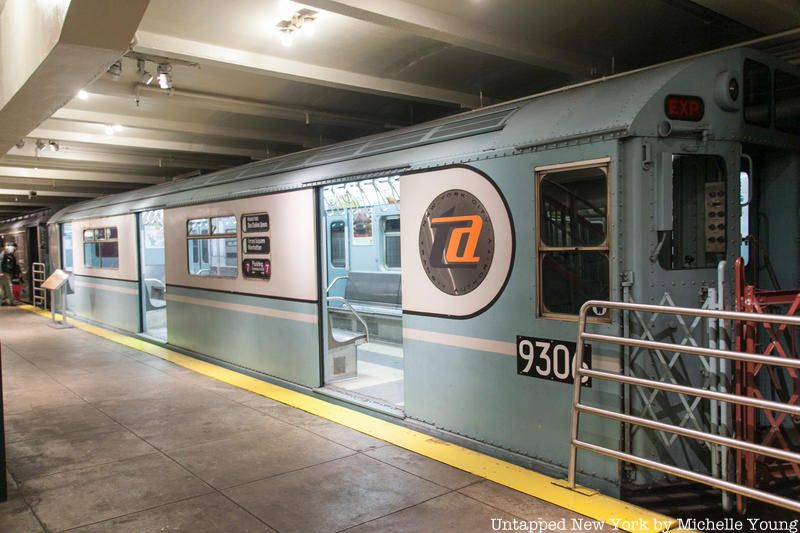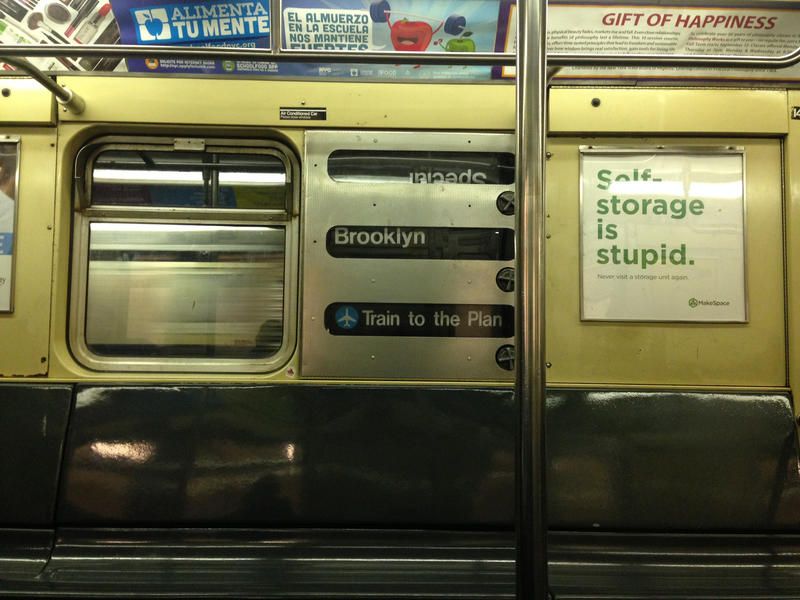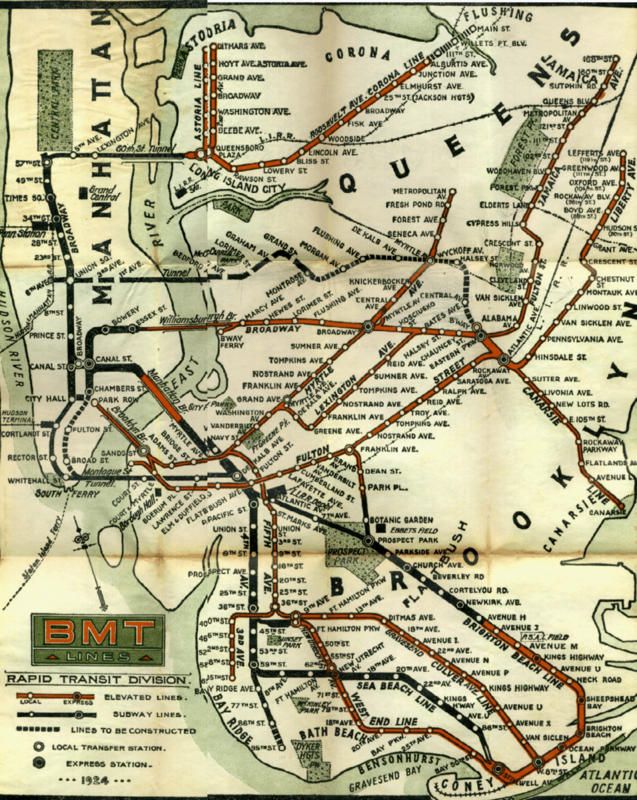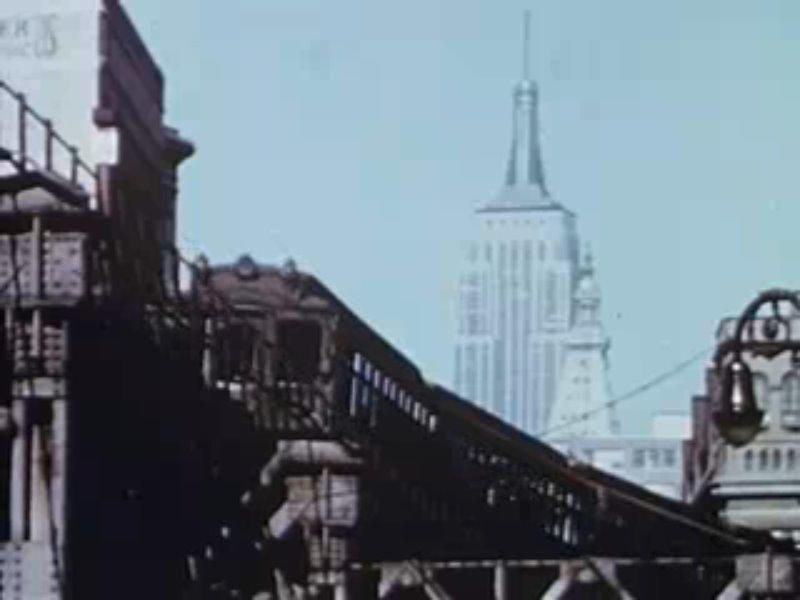

With all the talk about renovations and alterations to the subway system in recent years, the MTA has always focused on the present and future. However, some of the most interesting and innovative ideas regarding transit can be taken from the subway’s extensive (114 year old!) history. Here is a list of 5 subway routes that should be brought back from the depths of the subway’s past.
1. G Train to Forest Hills-71st Avenue
The G train used to run all the way from Smith-9th Streets to Forest Hills-71st Avenue for quite a number of years before being cut back in Queens to Court Square in 2001 temporarily, and permanently in 2010 due to the MTA’s financial crisis. Since then, the growing populations in gentrified neighborhoods along the G line have greatly increased ridership and created a need for more connections to other growing areas, such as Jackson Heights and Forest Hills. By extending the route back to Forest Hills, the G can be more of a useful connection between Brooklyn and Queens, in addition to decreasing the amount of riders on the already packed Queens Boulevard lines. This idea has been brought up to the MTA since the original cut back, but was met with opposition due to concerns regarding track capacity.
Learn more about the history of the New York City Subway on our Underground Tour!
Underground Tour of the NYC Subway
2. 1939 World’s Fair Line

This route ran as an extension from 71st Avenue in Forest Hills to Flushing Meadows at what is now College Point Boulevard and Horace Harding Expressway. It was intended from the beginning to be temporary and only last until the fair’s end in 1940. Before its demolition, the Queens borough president proposed a permanent extension from the World’s Fair stop that would serve Whitestone, College Point, and Flushing. Despite community support, regulations at the time would have made it a costly endeavor, so it was shelved in order to bring the Van Wyck and Whitestone Expressways together (thanks for that Robert Moses). Expansion aside, bringing back the short-lived spur from Forest Hills to Flushing Meadows would help connect currently underserved areas of Flushing and Corona in a way that is more efficient than the current tangle of often unreliable buses.
3. Train to the Plane/JFK Express
 Image via Wikimedia Commons, R38R40
Image via Wikimedia Commons, R38R40
This route ran as a premium fare super-express from 57th Street-6th Avenue to Howard Beach-JFK Airport from 1978 to 1990. It was shut down due to low ridership as most passengers preferred to ride the more frequent and cheaper A-train. With the recent renovations and closures at LaGuardia Airport, more travelers are opting to fly through JFK due to its tourist and local friendly accessibility. This increase of travelers on the E and A trains is certainly noticeable around rush hour, when valuable space is taken over by huge groups of lost tourists and their piles of luggage. Bringing this route back to the system would provide travelers with an easier means of getting from the airport to their destination with less inconvenience.
4. BMT Lexington Avenue Line

Image via Wikimedia Commons, SPUI
Originally built as part of the first standard elevated line in Brooklyn, this BMT line ran from the Fulton ferry terminal to Cypress Hills on the Jamaica line. A majority of the line was demolished in the early 1900s as subways began to dominate the city. However, the portion of the line that ran on Lexington Avenue through Bedford-Stuyvesant lasted until 1950, when it was shut down due to low ridership and a plan was introduced to expand local roadways for cars and buses. This line would be exceptionally useful today as it would connect the growing area directly to the nearby J and G trains.
5. Third Avenue Bronx Line

Image via Wikimedia Commons, Ardee Films
One of the longest lasting remnants of the original group of elevated trains that ran throughout Manhattan, the Bronx portion of the Third Avenue Elevated ran from as early as 1886 in some parts, until its closure and demolition in 1973 during the city’s fiscal crisis. This line has since been replaced in some form by the expansion of the Metro-North and several buses that follow some portions of the old route. Bringing back this line would give the neighborhoods of Fordham, Tremont, and Morrisania an extra boost in transit options that would make it easier to get around (and let’s be honest here, the Bronx doesn’t get enough love).
The city has been changing and growing exponentially in recent years, and with an increasing emphasis on transit reform, the MTA has been put to the task of working with these changes. There have been many routes and lines that ran throughout the city and would greatly serve straphangers if they were to be reimagined. Although the MTA may be focused on new and expensive projects that aim to expand the system, those looking back at the past can somehow hope that the old ways can be used to advance the future.
Next, check out 12 of NYC’s Lost Subway and Rail Lines

